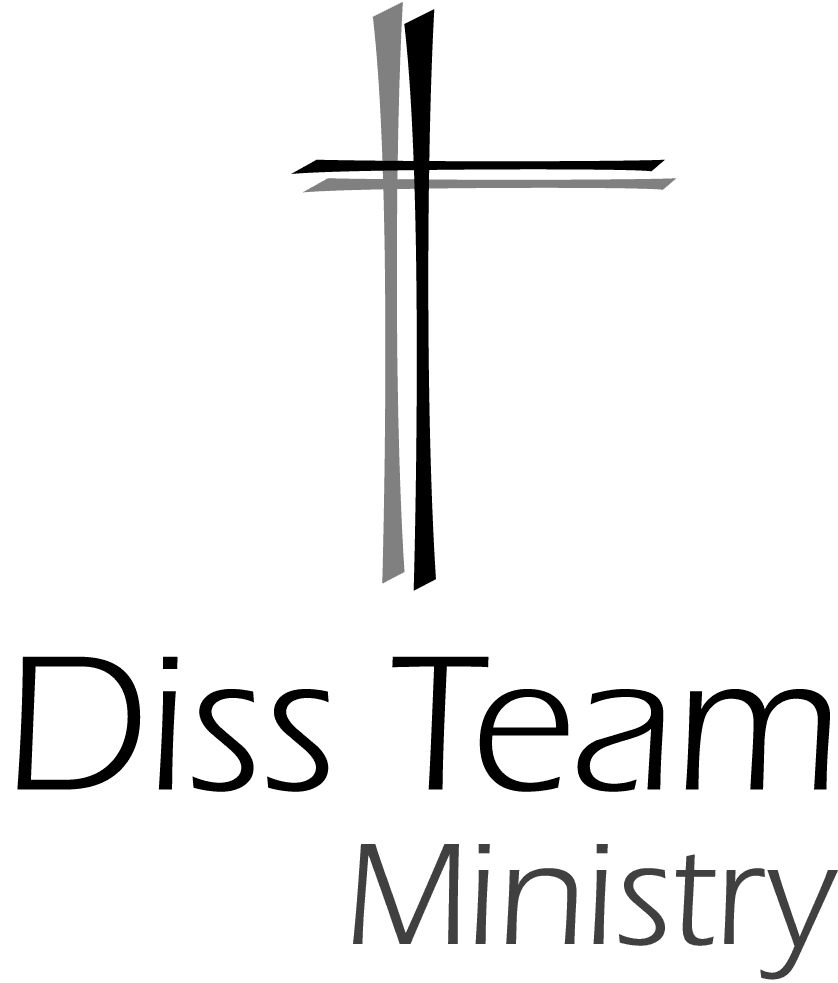Collegiality and Collaboration in the Diss Team Ministry
In the second of a series of articles on how the Minster Model is working in the Diss Team Ministry we explore the issue of how decisions are made and how they are communicated within the group of parishes.
As was mentioned in the first article the Minster model is in essence grounded in a monastic tradition. Historically the monastic system, based as it was on a college of brothers or sisters living together for prayer and learning, moved out into communities to share their faith and compassion in order to further their work. St. Benedict, arguably the father of monasticism, held his companions to the rule of ‘worship, Learning and hospitality’, and this was practised first in the monastery itself, and then copied in the communities to which they travelled. In reality collegiality and collaboration were the key words that guided how they lived. Yes, there was an Abbot or Prior who would be the catalyst of authority, but he was not able to do very much without the consent of the others. Meeting as they did every day the decisions and directions for the future were agreed before anything new happened: a lengthy and sometimes contentious process, but one which secured their future more safely than later systems such as clergy domination of parishes or personality led congregations which proved to be more abusive and dictatorial.
When the Diss Team Ministry was formed in 2013 it then comprised of two benefices – the benefice of Diss, a single parish with one priest, and the benefice of the Upper Waveney, a collection of five parishes with one priest, albeit unable to sustain a full time stipendiary. At its inception, now with 1.5 priests, it embraced the Minster model as a new way of working six parishes. The first thing the new Team Rector ( acting as an abbot ) did was to establish regular meetings of Wardens and Lay Readers, along with a newly half-time stipendiary priest, to decide upon; what service patterns could be achieved, along with the content of such rites; how pastoral care might be given, taking into account distance of travel and availability of time; communication of information, which led to the formation of a Team Office with a paid Administrator; and how monies would be collected to pay for ministry. In the early years there was considerable time given by those who met to set out how all this could be achieved. Minutes of such meetings were kept and referred back to in order that all who were making new decisions could feel a shared ownership of what was happening.
Seven years on from this beginning such meetings still happen though only three times a year. The reason for so few meetings is in truth due to the early success of the process and a confidence in those who attend that they know that collaboration and collegiality are taken seriously, and no one makes unilateral decisions without the whole agreeing things first. The Ministry Team members – those who take services – meet monthly to plan things which are to happen further ahead but even their decisions are discussed at the wider body meetings in order that all can own the changes. The two stipendiary clergy are also ‘locked’ into discussion with each other before new ideas can be enacted: neither can act unilaterally.
The downside of this process can illicit the accusation that sometimes decisions take too long – most notably when parish x wants to agree a date to hold a concert or a fete – but because most parishes welcome the support of the others it is a mild irritation to accept. The more philosophical objection to this process, however, is that it is thought to be ‘decision making by committee’, and one which stifles the creativity of the individual. Within the Diss Team Ministry it is the clergy, in the main, who come up with the new ideas – though by no means exclusively – but the means of realising their dreams has to be well argued before it can be achieved so that all can at least find understanding, and this again is appreciated by the wider community. Also, individual communities are encouraged to suggest new initiatives but these too are examined by the clergy as to the theological content and implications before they are tried.
Collegiality and collaboration are by no means the easiest ways to live by but they are the bed-rock of Christian spirituality as seen in the monastic tradition. They also provide the present Diss Team with the principles to live by.
